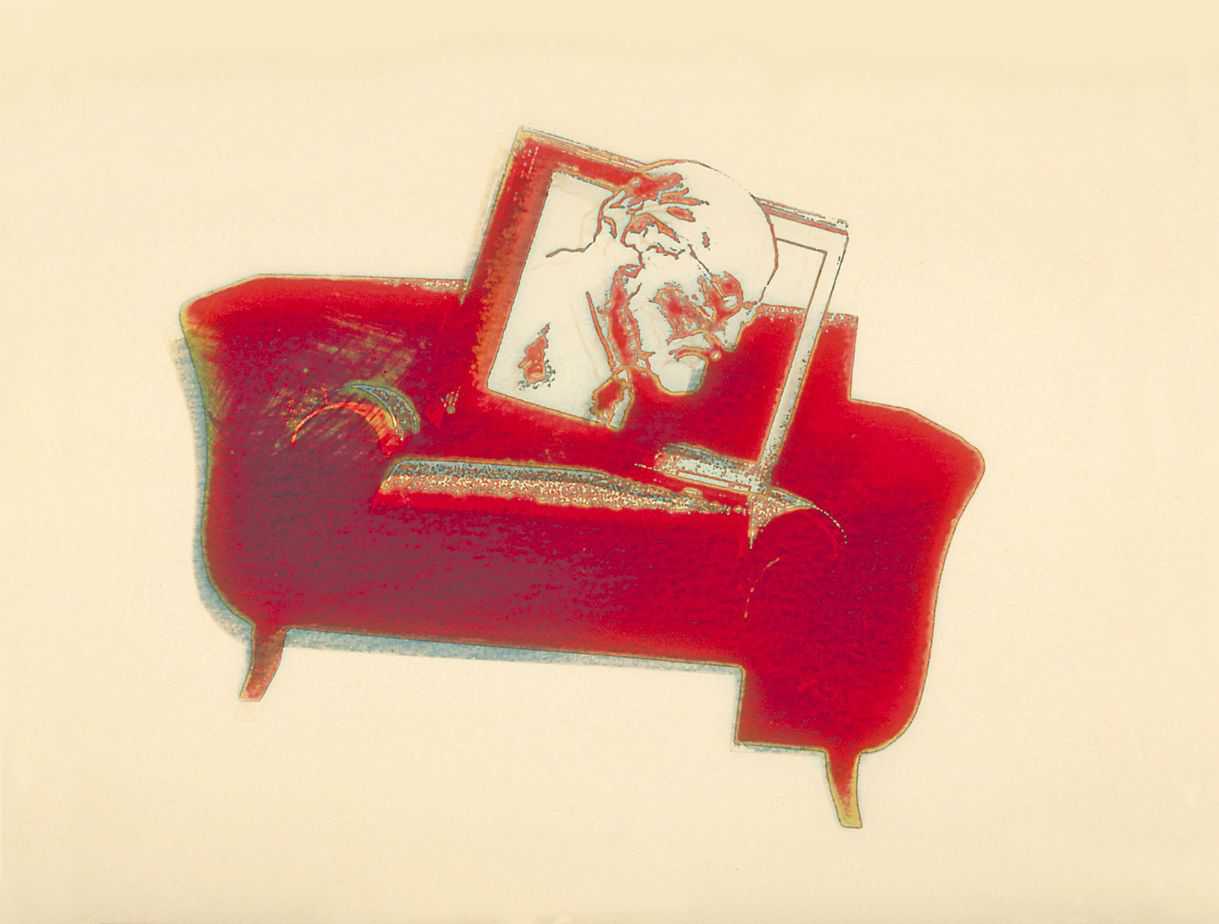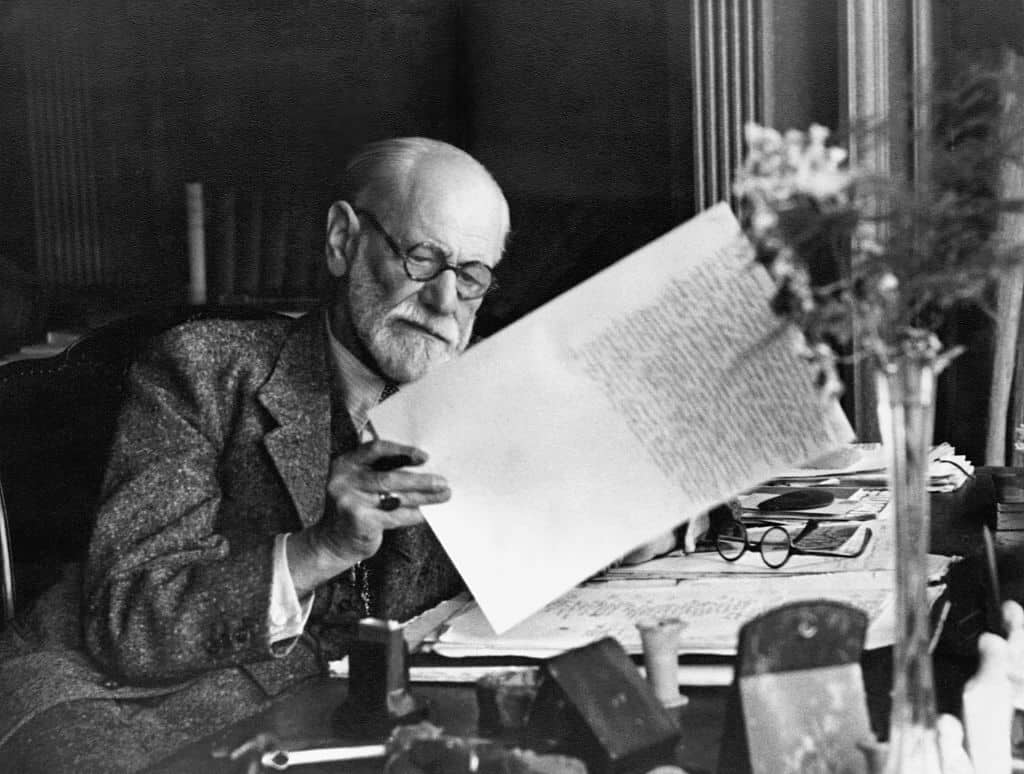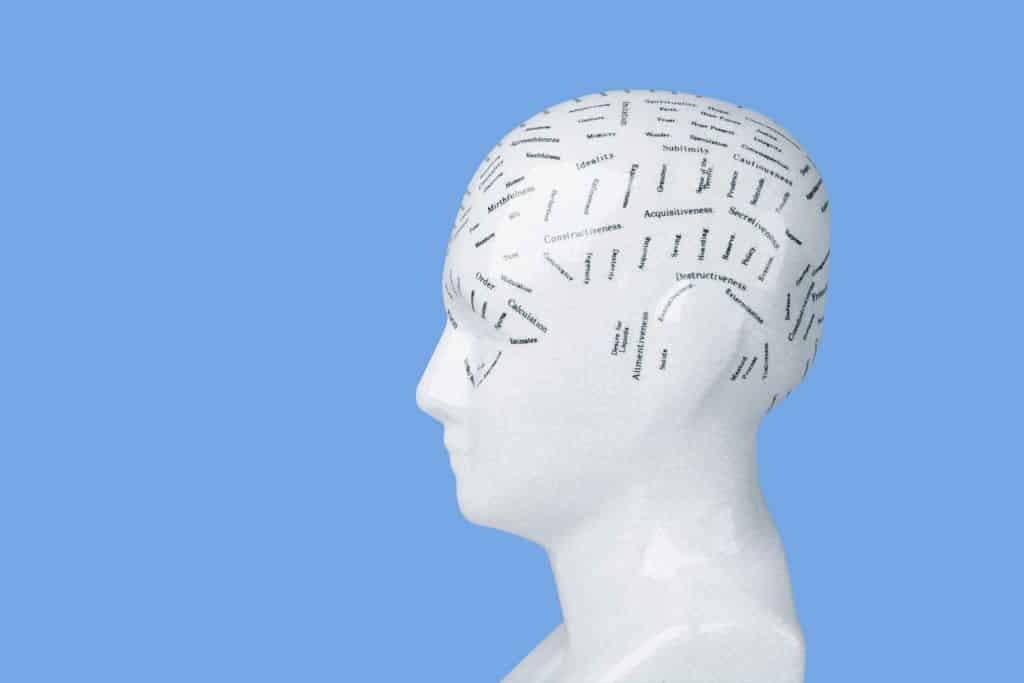
You made a mistake, learned from it, and promised yourself it wouldn’t happen again. However, some time later you make it again. Why? This is due to a natural mechanism that Freud described as the “repetition compulsion”.
Subconsciously, we tend to repeat patterns that we already know, even if they are unpleasant or traumatic for us. As a result, we find ourselves constantly revolving around the same toxic relationships, stuck in stressful situations, or making the wrong choices. And, of course, it’s not that we want to be miserable or like to torture ourselves. It’s an instinctual action that Freud closely links to the concept of the death drive and the experience of trauma.
According to Sigmund Freud, the operation of the mental apparatus is governed by 2 basic principles – pleasure and reality.
The pleasure principle is the subconscious striving of the primitive “Id” to satisfy urges, avoid unpleasantness, and seek stimuli that give us pleasure and pleasant sensations. These drives are opposed by the moral “Superego,” and the “Ego” seeks a compromise between them, guided by the principle of reality. By means of a number of mechanisms, it helps us adapt to the environment, avoid dangerous influences, control instinctive impulses coming from the “Id”.

Previously, Freud believed that the pleasure principle governed the entire mental apparatus. However, over time, he began to notice behaviors that violated it. In particular, traumatic neuroses, childhood play and the phenomenon of transference observed in the clinical practice of psychoanalysis, which clearly showed how a person persistently, as if under compulsion, repeats and reproduces the traumatic experience of his life.
Based on these observations, he formulated his concept of repetition compulsion, which he discussed at length in Beyond the Pleasure Principle.
Children who repeat unpleasant situations and experiences in play, neurotics who reproduce their unpleasant experiences in various situations, toxic and harmful relationships between people that make up the same pattern – in all these cases we speak of the action of an internal compulsion that is stronger than the pleasure principle. And so the painful, disturbing, traumatic situation is repeated in the mind of a person again and again, sometimes taking different forms in different circumstances of life.
In the psychological meaning of the repetition compulsion, Freud saw the need to master the traumatic experience that caused the disturbance of inner peace and mental balance, and which the person has repressed from consciousness. These are thus attempts by the human psyche to recall the feelings of anxiety and pain caused by the trauma and thus to restore the disturbed balance, dictated by the need to reduce tension as much as possible (the nirvana principle) or at least to keep it constant (the principle of constancy). The individual is thus doomed to repeat the traumatic experiences he has repressed until he gets them under control.

In his work, Freud painted a picture of the struggle between two tendencies in the human psyche – the death drive (Tanatos) and the life drive (Eros). Our attempts to exist peacefully are manifestations of Tanatos, and the drive to disrupt peace in order to seek new stimuli and enrich life is a manifestation of Eros. Freud believes that the state of non-existence (without life) is the initial and primordial one from which every being begins and to which, by a circuitous route, he eventually returns. Death is the balance that life violates.
So how does the death drive relate to trauma and the compulsion to repeat? Just as life violates the balance of the inanimate state and causes tension, trauma violates the balance of our psyche. The death drive seeks to restore the original state and eliminate this tension, and the mechanism of compulsive repetition serves this purpose.
Clinical experience shows that repetition of trauma does not help to control it. On the contrary, successive painful experiences overlap and lead to deeper and deeper disturbances and increased anxiety.
To break the cycle of compulsive repetition, the patient must recall the repressed memory of the trauma and work through it with a therapist. Only in this way will he free himself from the mechanism by which the psyche attempts to harden and immunize him. When an individual regains control over his life, he stops reproducing harmful patterns of behavior and relationships.
Main article photo: photo by Jean-Luc De Zorzi / Photodisc / Getty Images